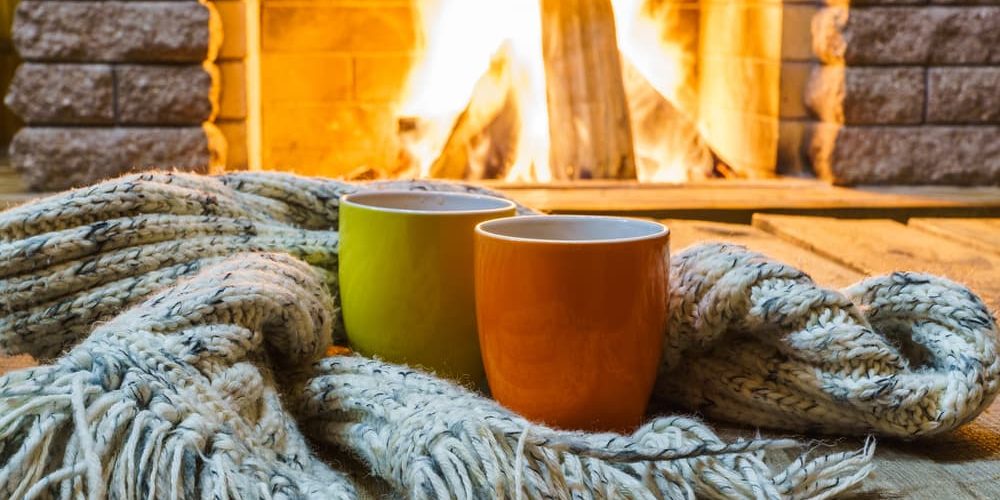Fireplace Safety Tips: How to Prepare for Winter
As the temperature drops and the snow arrives, it’s time to get your fireplace ready for the winter. But before you light it or switch it on, it’s important to take time to prepare it so that you and your family can remain safe and sound while minimizing any potential fire hazards. Below, we break down important fire safety tips to maintain a warm household each winter season so you can keep cozy and reduce any potential hazards.
Gas Fireplace Safety Tips
Check Carbon Monoxide Detector and Smoke Detector
Whether you have a gas fireplace or a wood-burning one, always check and test out your carbon monoxide and smoke detectors to ensure they have charged batteries. There should be a detector installed on each floor in your home. Test each before starting your fireplace.
Place a Safety Screen in Front
If you have children or even pets, place a safety screen in front of the glass portion of the fireplace. The glass can cause burns if it’s touched, so minimize any potential injuries by having the screen placed in front any time the fireplace is on.
Never Adjust the Logs
Though it may be tempting to adjust the faux logs in your fireplace, this can also be a safety hazard. Moving them could end up blocking a vent, allowing carbon monoxide to accumulate. Leave them be.
Avoid Cleaning the Glass When It’s Turned On
It’s an easy mistake to make, but it’s one that can burn, even through a cloth. If the glass needs cleaning, wait until the fireplace is turned off and has time to cool down.
Wait a Few Minutes Before Lighting Pilot Light
It’s common for the pilot light to blow out sometimes. If this happens, avoid lighting it right away. Instead, wait a few minutes so any gas can clear away before relighting.
Avoid Blocking Fans and Vents
Avoid placing any items in front of the fans or vents that require air to circulate through. Keep the surrounding area in front of the fireplace clear at all times.
Wood-Burning Fireplace Safety Tips
Burn Dry, Untreated Firewood
Never burn wood in your fireplace that is treated, painted or damp. If you do, dangerous chemicals could be released into your home, which can be harmful to breathe in. This can also cause creosote to accumulate in the chimney, which is highly combustible and can lead to a fire. Instead, stick with dry, untreated, designated firewood only.
Double Check that the Damper is Open
The damper regulates airflow and lets smoke and pollutants filter outside. If it’s closed, it will trap it all inside. Double-check that it is open before you light up the fire.
Test Your Fireplace
Before lighting a big fire, start by lighting a small piece of wood to see if the smoke is able to escape up the chimney. Any signs of smoke being trapped or coming into your home will indicate that there’s a problem that should be looked at and addressed first.
Only Use a Match or Firelighter
Never use flammable liquids to start a fire. This can create a dangerous level of flames. Stick with matches or a firelighter.
Don’t Burn Random Items
Don’t use the fireplace to burn anything other than firewood. Random items can be dangerous and cause adverse reactions when tossed in the fire.
Keep a Fire Extinguisher Close and Monitor the Fire
Every household with a wood-burning fireplace should have a fire extinguisher on hand in case of an emergency. And make sure the fire is monitored and never left unattended.
At Top Hat Home Comfort, we have you covered for all your fireplace-related needs in Ottawa. Whether it’s maintenance, chimney cleaning or a new fireplace, browse our services online or get in touch with us today to learn more.







